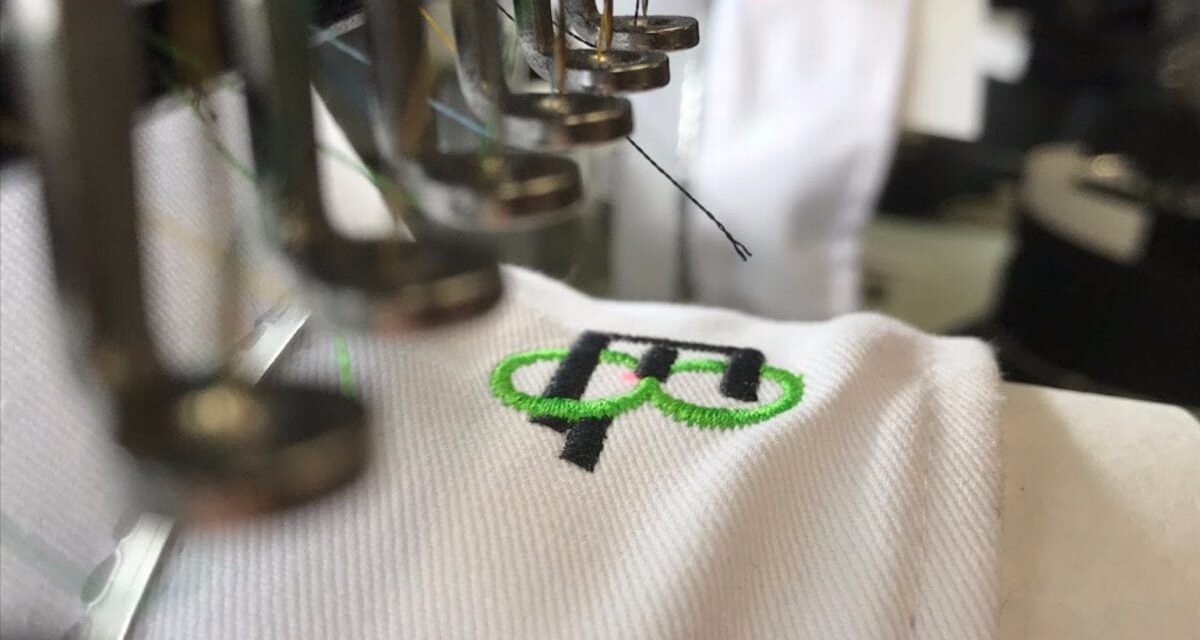Custom embroidery is a beautiful and creative way to personalize and enhance garments, accessories, and home decor. This article delves into the world of custom embroidery, showcasing different techniques, popular designs, and how to start your own project.
History of Embroidery
Embroidery has been around for centuries and can find its roots in various regions across the world. Often used as a form of self-expression and an indication of social status, embroidery has evolved into an accessible art form cherished by many. More recently, custom embroidery has emerged as a popular way to personalize and individualize garments and accessories.
Common Embroidery Techniques
There are several techniques used in embroidery, each producing a unique and intricate design. From the classic satin stitch to the more ornate French knot, these methods have been refined and developed as embroidery has evolved over time. Some popular techniques include: – Cross-stitch: A basic yet versatile stitch, often used to create decorative borders and patterns. – Satin stitch: A smooth stitch used to fill in large areas with vibrant color. – French knot: A more intricate technique, used to create delicate and detailed patterns. – Chain stitch: A looped stitch that creates clean, continuous lines.
Embroidery Designs and Patterns
Embroidery designs can range from the simple to the complex, with many taking inspiration from a variety of sources. Popular designs include floral patterns, geometric shapes, and more abstract artistic expressions. Many embroidery enthusiasts also enjoy reinterpreting and modernizing classic designs, such as reimagining traditional needlework patterns in contemporary color palettes.
Materials and Tools Needed
Starting a custom embroidery project requires an assortment of materials and tools. At the very least, you will need: – Fabric: A strong and durable fabric is essential, such as linen or cotton. – Hoop: An embroidery hoop keeps the fabric taut, allowing for consistent stitching. – Needles: Choose the right needle for your project based on the fabric and embroidery technique. – Thread: Embroidery floss is available in a wide range of colors, allowing for endless design possibilities. – Design or pattern: Whether you choose a pre-made pattern or create your own, a clear design will guide your embroidery work.
Choosing the Right Embroidery Thread
The thread you choose for your embroidery project can greatly impact the final result. There are various types of embroidery threads available, with the most popular being cotton, silk, and polyester. Each type of thread offers its unique benefits and challenges: – Cotton: Cotton thread is a versatile and cost-effective choice, suitable for many types of projects. – Silk: For those seeking a more luxurious finish, silk thread offers a beautiful sheen and vibrancy. – Polyester: Polyester thread is exceptionally durable and colorfast, ideal for clothing and accessories that will see heavy use or frequent washing.
Digitizing Embroidery Designs
In recent years, technology has revolutionized the world of custom embroidery, allowing for the digitization of designs. Digitizing software enables users to create or adapt designs and translate them into stitches that can be executed by an embroidery machine. For those looking to create precise and intricate designs, digitizing embroidery is an excellent option.
Embroidery Machines and Services
Embroidery machines are now more accessible than ever, allowing individuals and small businesses to produce custom embroidery with relative ease. For those looking to tackle custom embroidery projects on a larger scale, investing in a high-quality machine is essential. However, for those undertaking a one-off project or unsure about whether to commit to the world of embroidery, many local craft stores and online services also offer custom embroidery as a service.
Finding Inspiration for Your Project
Discovering unique and inspiring ideas for custom embroidery designs is as simple as exploring the plethora of resources available online. Social media platforms, such as Instagram and Pinterest, are excellent sources of inspiration, showcasing the work of talented embroidery artists from around the world. Additionally, many embroidery-specific websites and forums also provide valuable insight, advice, and ideas for those looking to embark on their own custom embroidery project.
Conclusion: The Beauty of Custom Embroidery
Custom embroidery offers a creative and fulfilling way to personalize garments, accessories, and home decor. With endless design possibilities, a variety of techniques and materials to choose from, and an array of modern tools and resources, there has never been a better time to dive into the world of custom embroidery.






